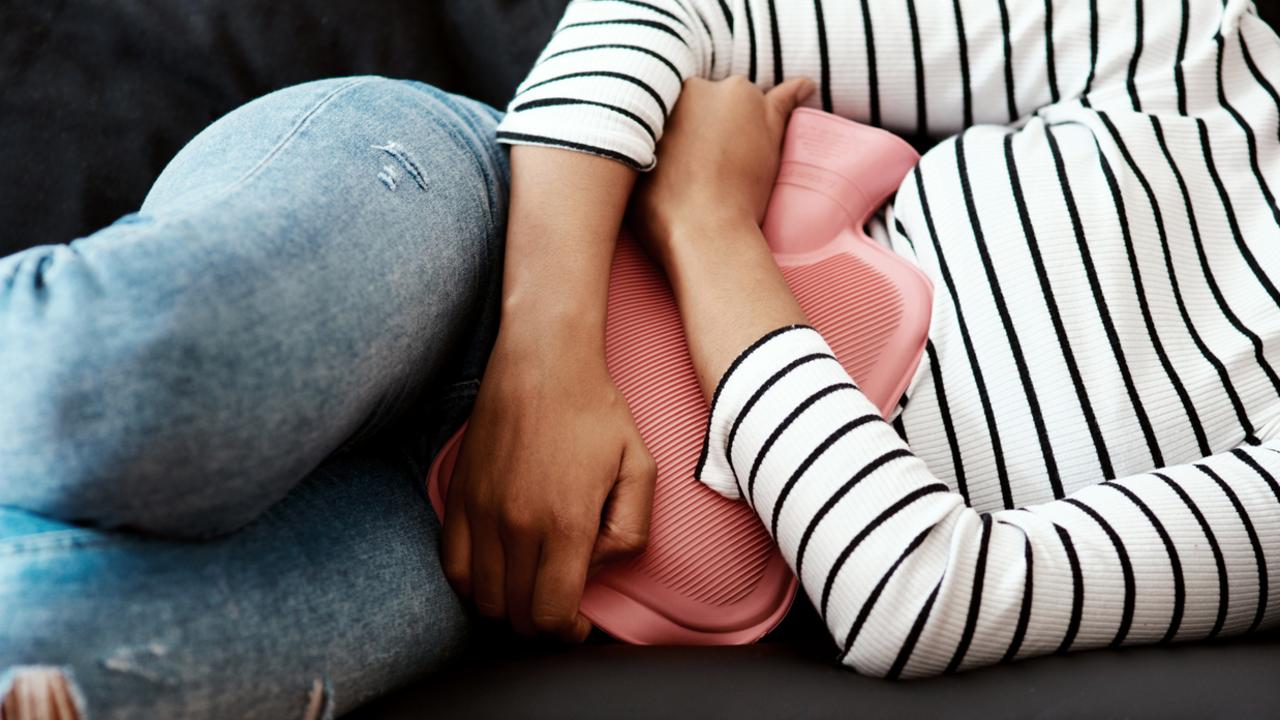Push for 12 days menstrual leave in Australia by unions
A number of unions are gearing up to campaign for the extra leave to be introduced in workplaces, but have acknowledged they face a “battle”.
Australians could receive 12 days for menstrual leave as well as menopause leave in a push by unions for entitlements to cater for people’s health experiences.
It comes as 11 million workers will be able to access to 10 days of paid domestic violence leave over a 12 month period from next year as the new entitlement was guaranteed in Fair Work Act, with the aim to get menstrual leave similarly recognised.
Some private Australian companies already offer the leave each year, although unions have acknowledged it will be an uphill battle to make menstrual leave mainstream in workplaces.
The Australian Workers Union, the Transport Workers Union, the Rail, Tram and Bus Union and the United Workers Union will all be part of the campaign.

AWU Queensland branch secretary Stacey Schinnerl said it was going to be “difficult conversation for men” in particular and a “tough crowd” to win over but leave entitlements needed to be modernised.
“Some women suffer throughout their entire working life. From the age they begin menstruating, to pregnancy – complications can arise in conceiving, carrying and post-natal issues, then peri-menopause symptoms arrive, followed by menopause,” she told the Australian.
“With this in mind, 10 days leave per year, and the current flexibility arrangements under the are insufficient in recognising the health concerns women face, in contrast to men – who receive the same entitlements but experience none of those health hurdles.”
She added it would be a “battle” as men would likely want to know why they would miss out on extra leave.
“What men get is an uninterrupted existence while women can get a very traumatic and painful experience every single month for every single year of their reproductive lives,” she said.
“If women could choose, we would not experience this. We would like to opt out but that’s not our reality.”
The unions want to put a stop to women having to “suffer in silence”, exhaust their sick leave entitlements or rely on painkillers to be able to work, particularly in blue-collar jobs.

Sydney-based underwear company, Modibodi introduced paid period leave in May last year, allowing staff up to 10 days a year and found the policy had increased productivity.
Super fund Future Super was another company that introduced paid menstrual leave in January last year, offering six days of paid leave a year and only four months after it was introduced 22 per cent of the company’s female employees had used it.
Gender equality agency Victorian Women’s Trust, trialled menstrual leave for 12 months over five years ago and found there was “positive take up” without “disruption”, with staff now able to access 10 days paid leave permanently a year.

Worldwide there has been a move towards implementing menstrual leave too.
In May, the Spanish government introduced draft laws to allow women suffering from period pain to take unlimited paid time off from work.
While it is yet to pass through parliament, it would give people suffering from painful periods a minimum of three days of menstrual leave per month, with the possibility of extending this to five days if necessary.
Menstrual leave is also available in Indonesia, Japan, South Korea, Taiwan and some provinces in China.






